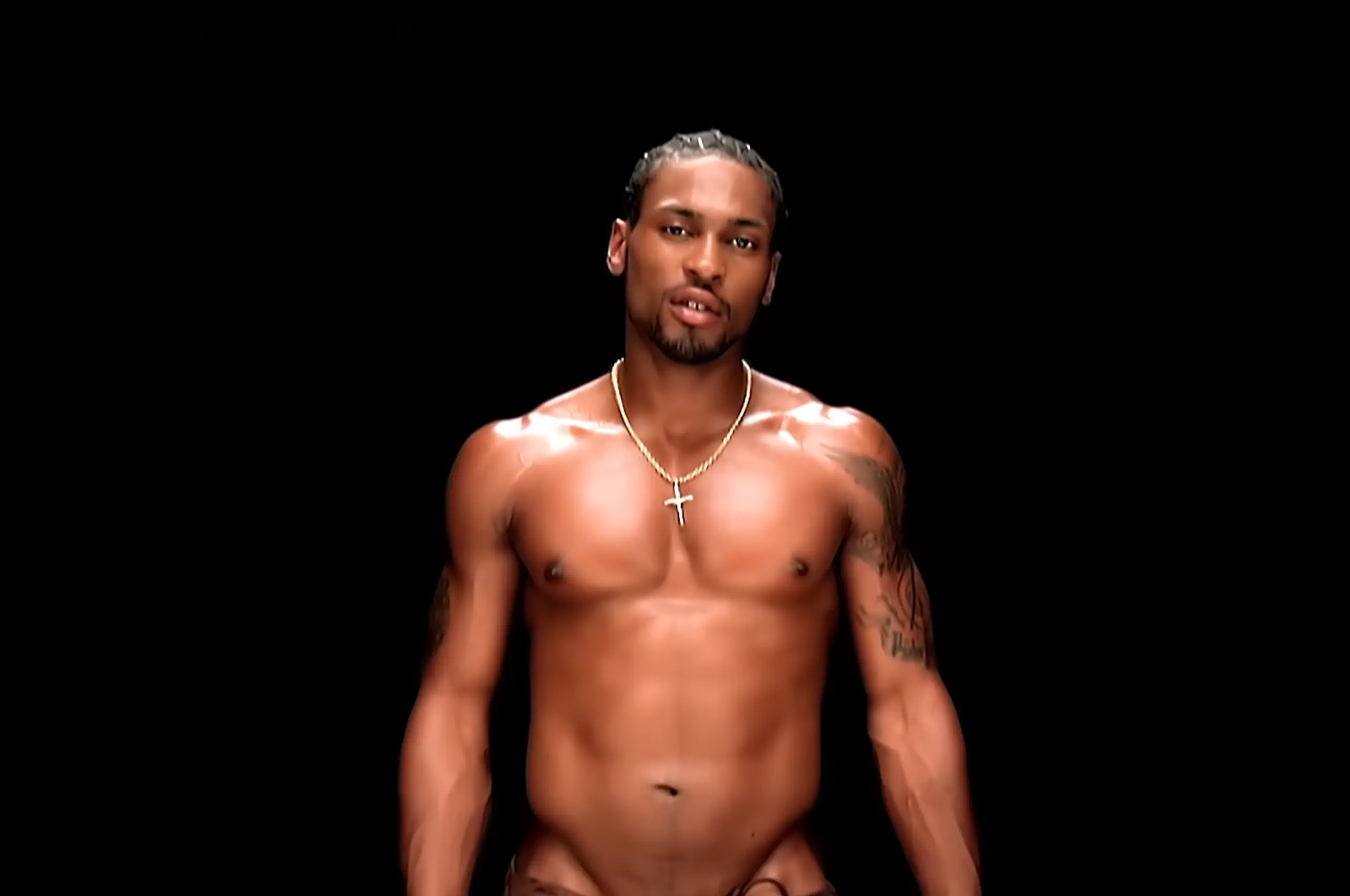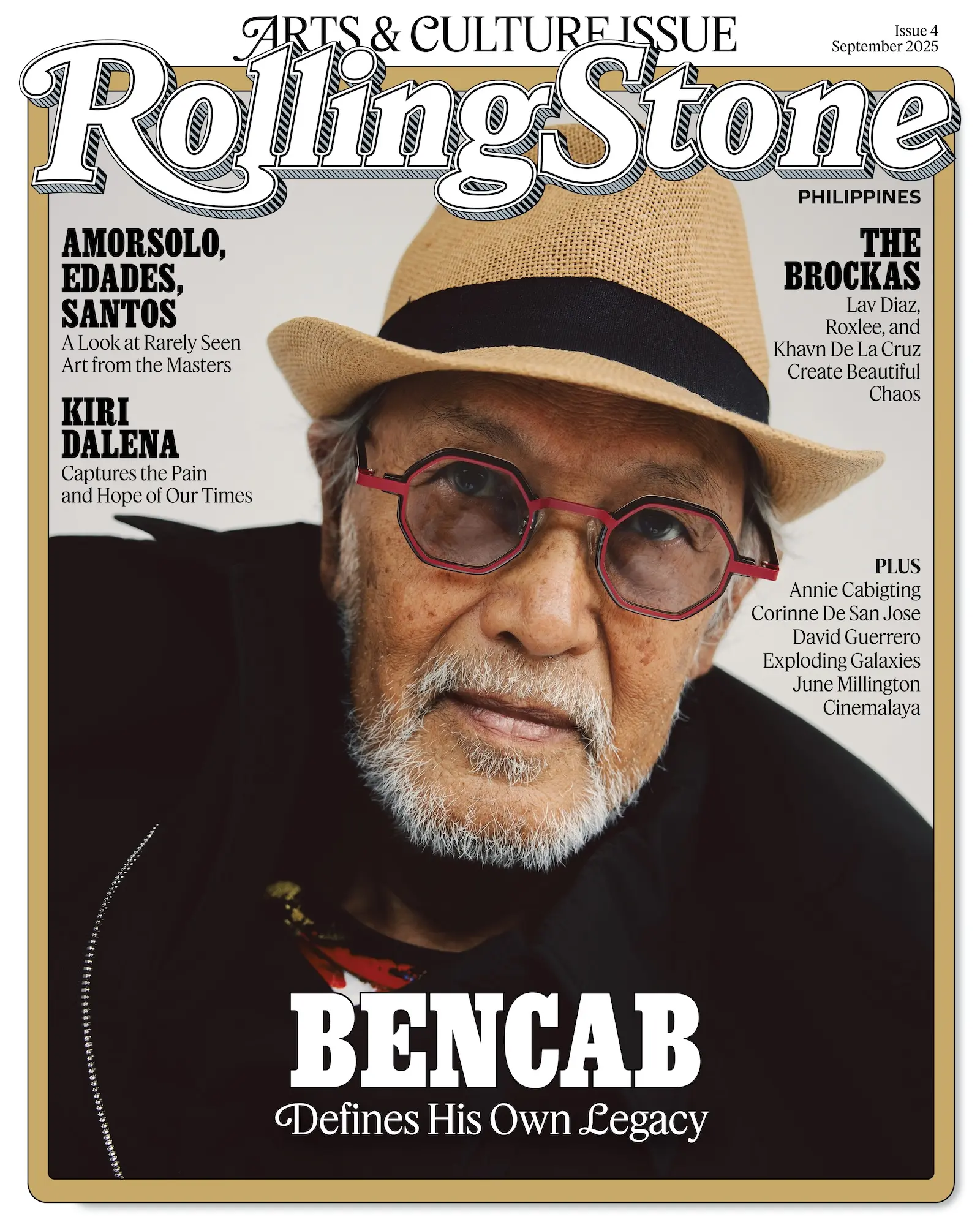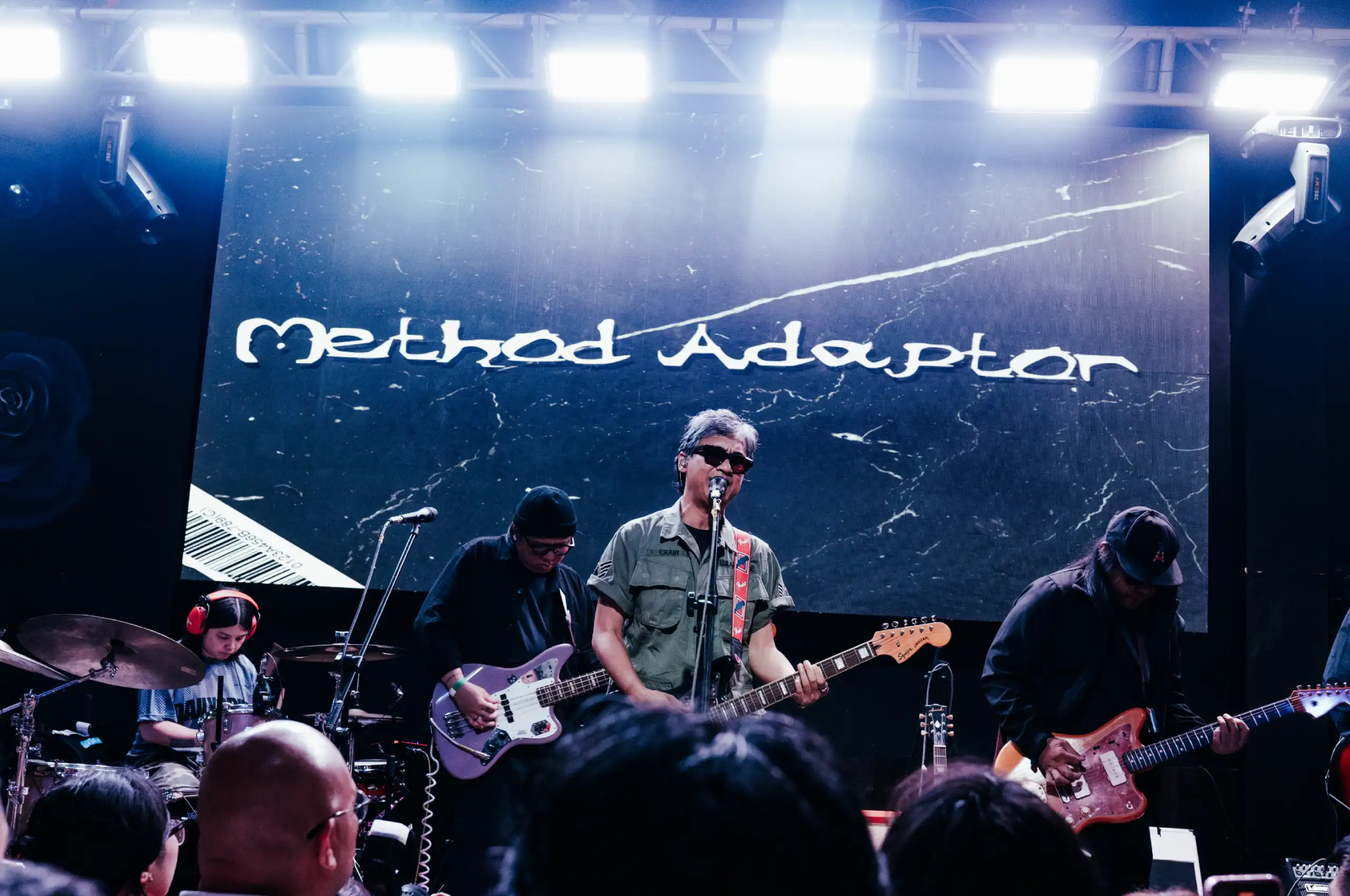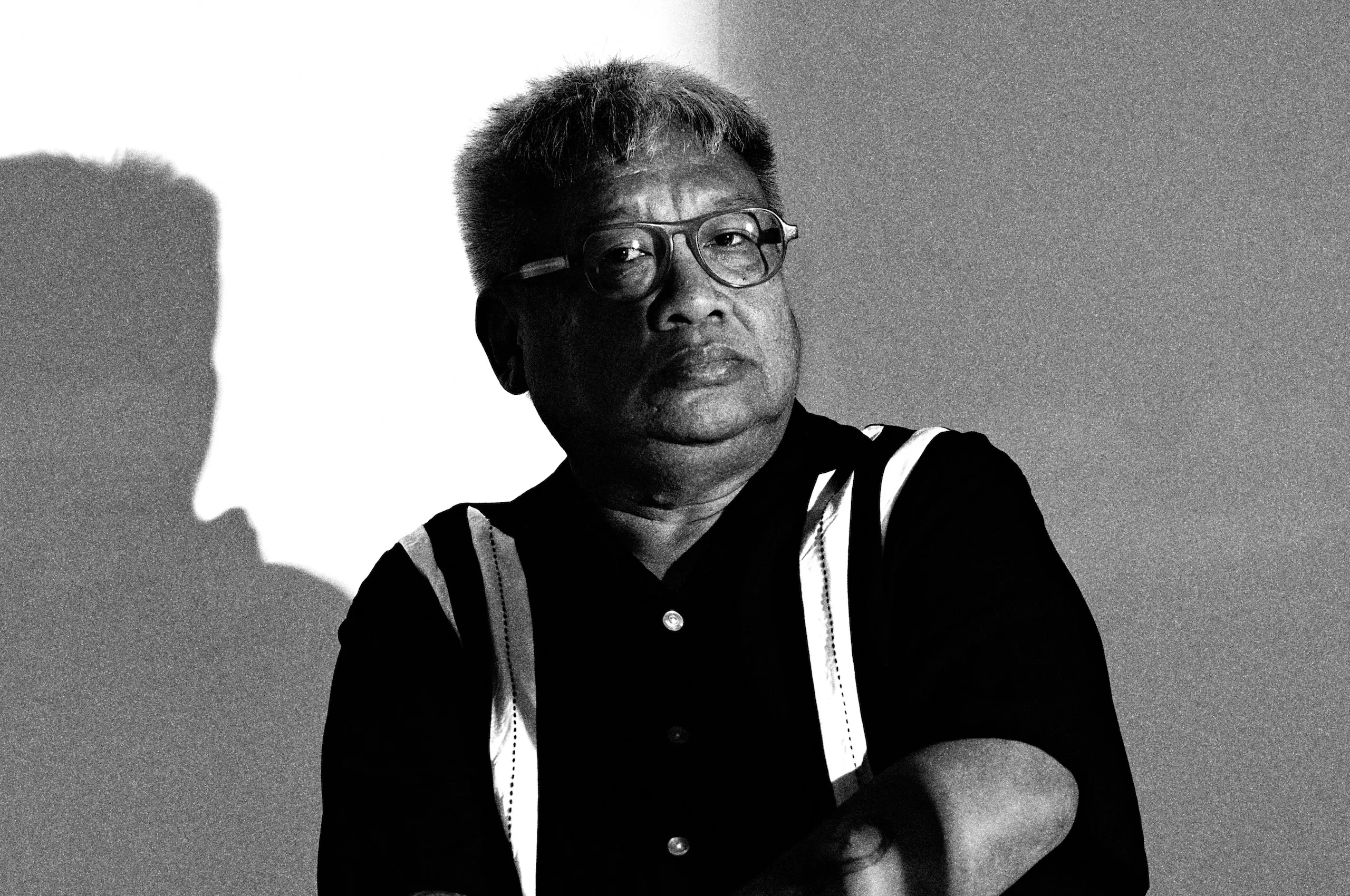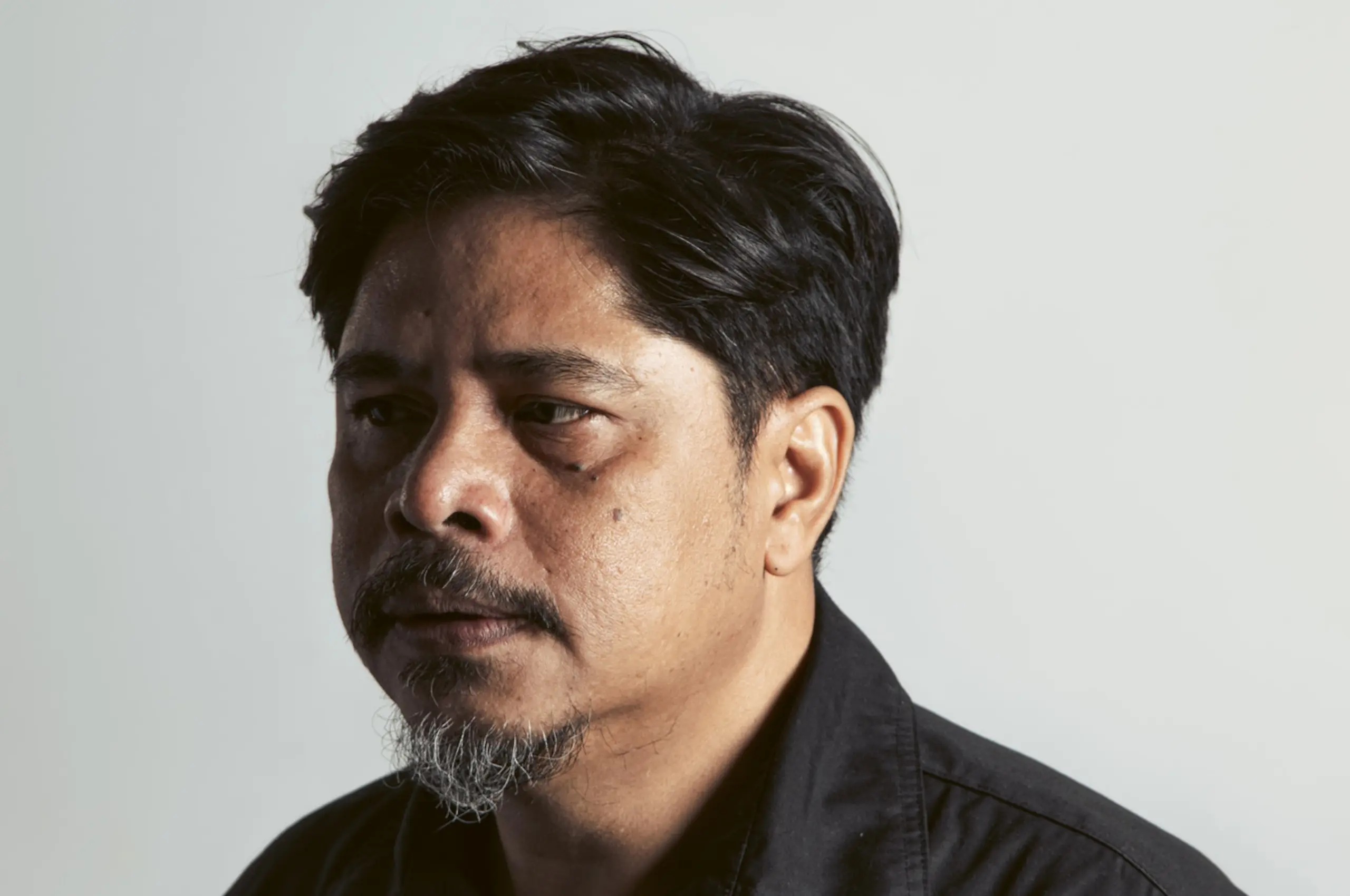D’Angelo, the neo-soul pioneer who redefined R&B, has died at 51 after a private battle with pancreatic cancer. His family confirmed the news in a statement to Variety, writing, “After a prolonged and courageous battle with cancer, we are heartbroken to announce that Michael D’Angelo Archer, known to his fans around the world as D’Angelo, has been called home, departing this life today, October 14th, 2025.”
Few artists in modern music have left as deep a mark on soul and R&B as D’Angelo. A former member of the Soulquarians collective alongside Questlove, J Dilla, and Erykah Badu, he put out a sound that fused church-born soul, funk, and hip-hop into something both timeless and modern. His 1995 debut album, Brown Sugar, was a confident experiment in merging hip-hop’s rhythmic sensibilities with old-school soul’s intimacy. His follow-up, Voodoo, released in 2000, cemented him as a generational voice. It was raw and sensual yet deeply spiritual, the album becoming a landmark of neo-soul that rippled across the music scene. Then, after a long silence, Black Messiah was released in 2014, an album that reintroduced him with heavier grooves and dense, psychedelic production that reflected the social anxieties of the time.
D’Angelo’s legacy is not one of volume but of technical precision. Three albums across three decades were enough to reshape the course of soul music. He reminded the world that groove, emotion, and vulnerability could coexist in the same breath. Even as mainstream R&B was at its peak musically, D’Angelo stayed rooted in something more spiritually connected, a commitment to the craft of feeling.
With his passing, music loses one of its rarest voices, but his songs continue to live in every chord and every breath of artists who followed. To celebrate his life and legacy, here are five songs that define the sound and spirit of D’Angelo, an artist who turned every note into gold.
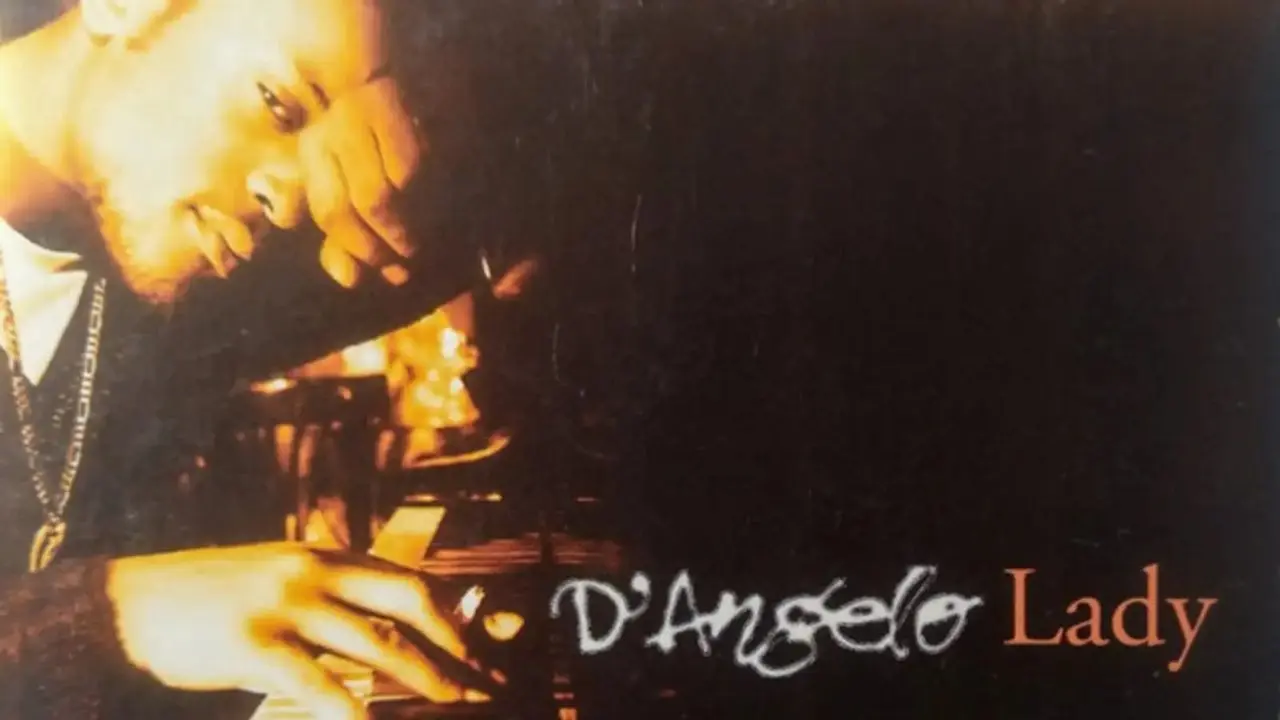
“Lady” (1995)
From his debut Brown Sugar, “Lady” remains D’Angelo’s most definitive crossover moment. With its rich bassline, soft percussion, and a vocal delivery that’s equal parts confidence and longing, it marked his transition from underground soul revivalist to mainstream star. The song is deceptively simple, but its subtle chord changes and layered harmonies set a blueprint for modern R&B. At a time when the genre was leaning toward slick, heavily produced records, “Lady” felt organic and warm, like a live performance captured in a haze of smoke and soft light. It was his arrival and a promise of what was to come.
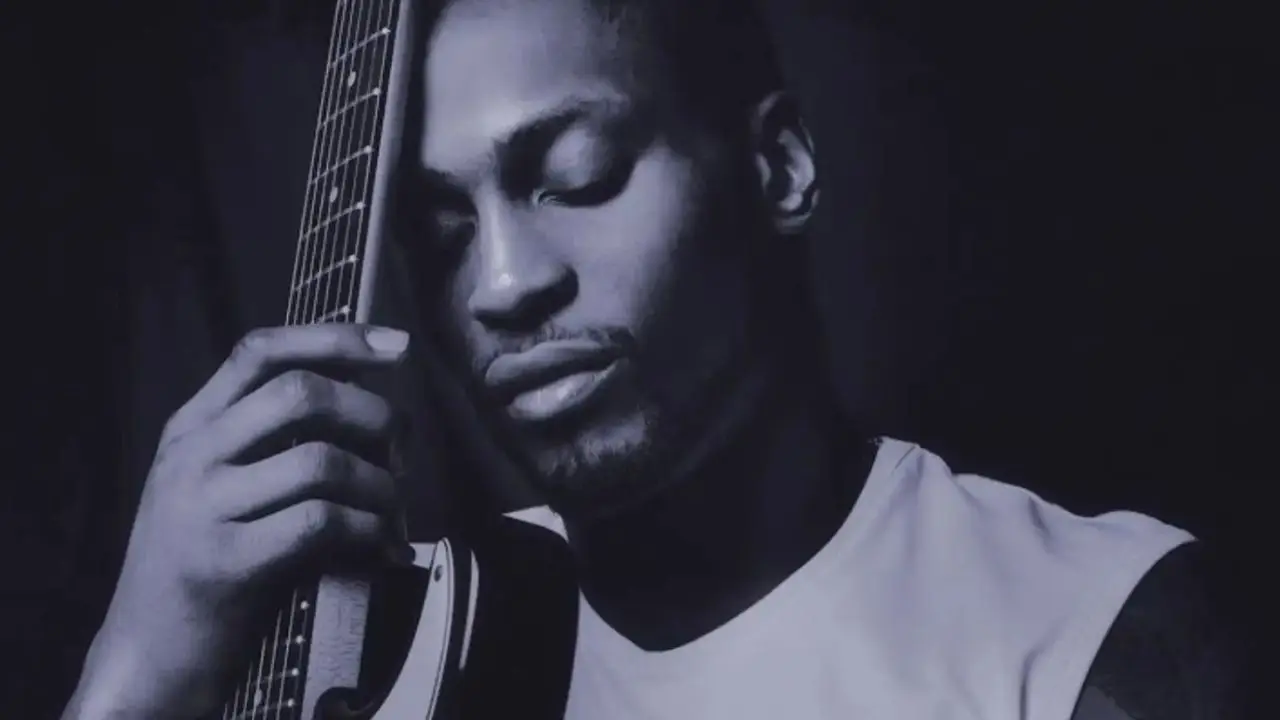
“I Found My Smile Again” (1996)
Released as part of the Space Jam soundtrack and later included as a bonus track on Brown Sugar, “I Found My Smile Again” shows D’Angelo at his most buoyant. The live-band energy, handclaps, and call-and-response vocals give it the looseness of a jam session. Beneath its upbeat tone lies an artist rediscovering his confidence, bridging gospel, funk, and R&B with ease. During this period, he was already crafting the sonic language that would define Voodoo, trading digital polish for something dirtier and more human. The song feels like sunlight breaking through clouds. The loosie proved to be joyful but grounded in groove.
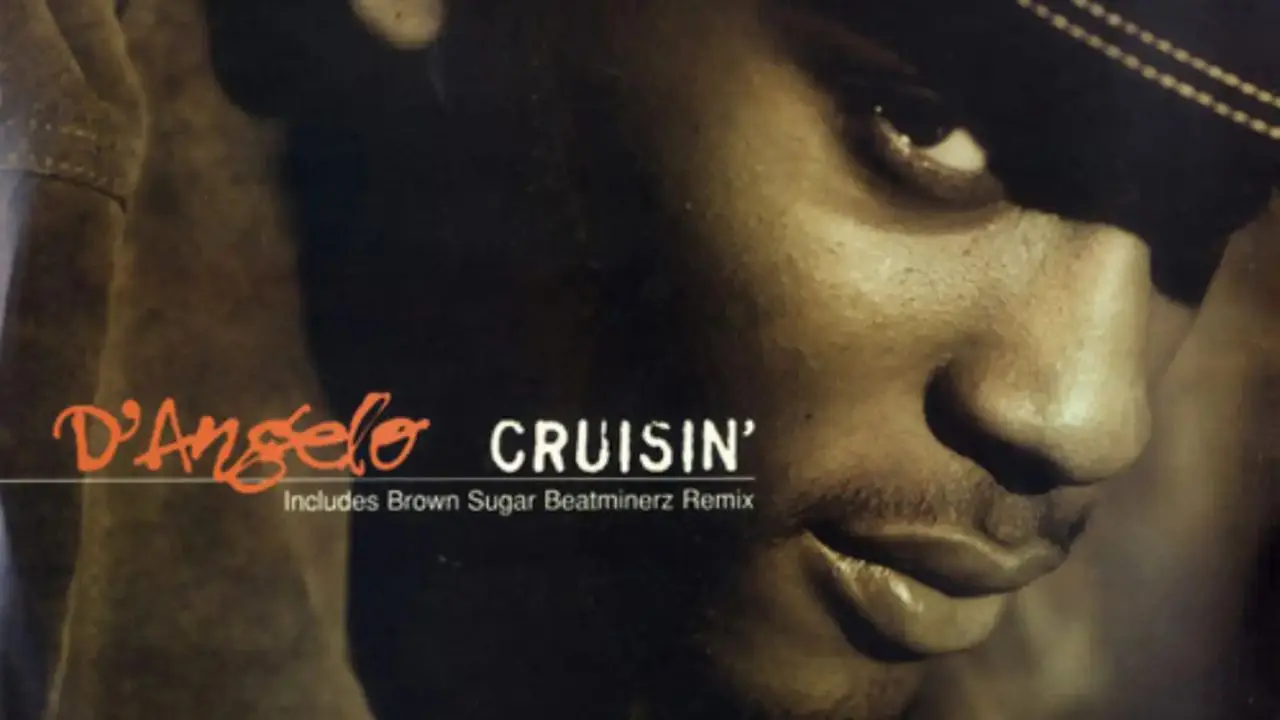
“Cruisin’” (1995)
D’Angelo’s cover of Smokey Robinson’s classic “Cruisin’” is both reverent and transformative. Rather than mimic the original, he slows it down, lets the bass breathe, and leans into the sensuality of the lyrics. His falsetto glides across each line, giving the track a smoky intimacy that feels like a late-night confession. This was where D’Angelo’s lineage became clear: part Prince, part Marvin Gaye, yet unmistakably his own. The cover proved he could take an already beloved song and reshape it without losing its soul, which ultimately became an early sign of his ability to honor tradition while giving his own twist to the classics.
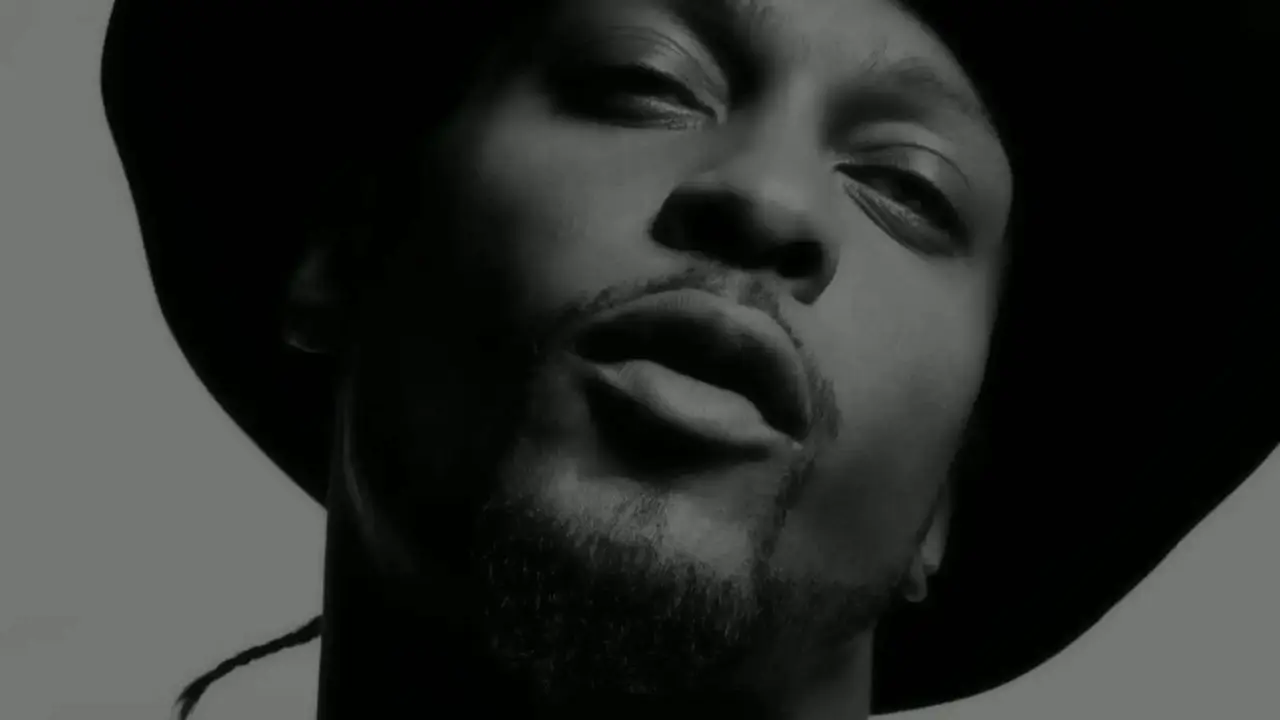
“Really Love” (2014)
“Really Love” marked D’Angelo’s long-awaited return after a 14-year gap. Backed by his band The Vanguard, the song opens with a flamenco guitar riff before unfurling into a lush mix of strings, bass, and whispered harmonies. It’s a masterclass in subdued composition, with every instrument placed carefully to highlight his voice. The track blends soul with touches of Latin jazz and orchestral pop, creating an atmosphere that feels incredibly cinematic. “Really Love” stands as one of his most beautiful achievements, reaffirming his genius without pandering to what was popular then. It’s proof that timeless soul music was able to find different shapes.
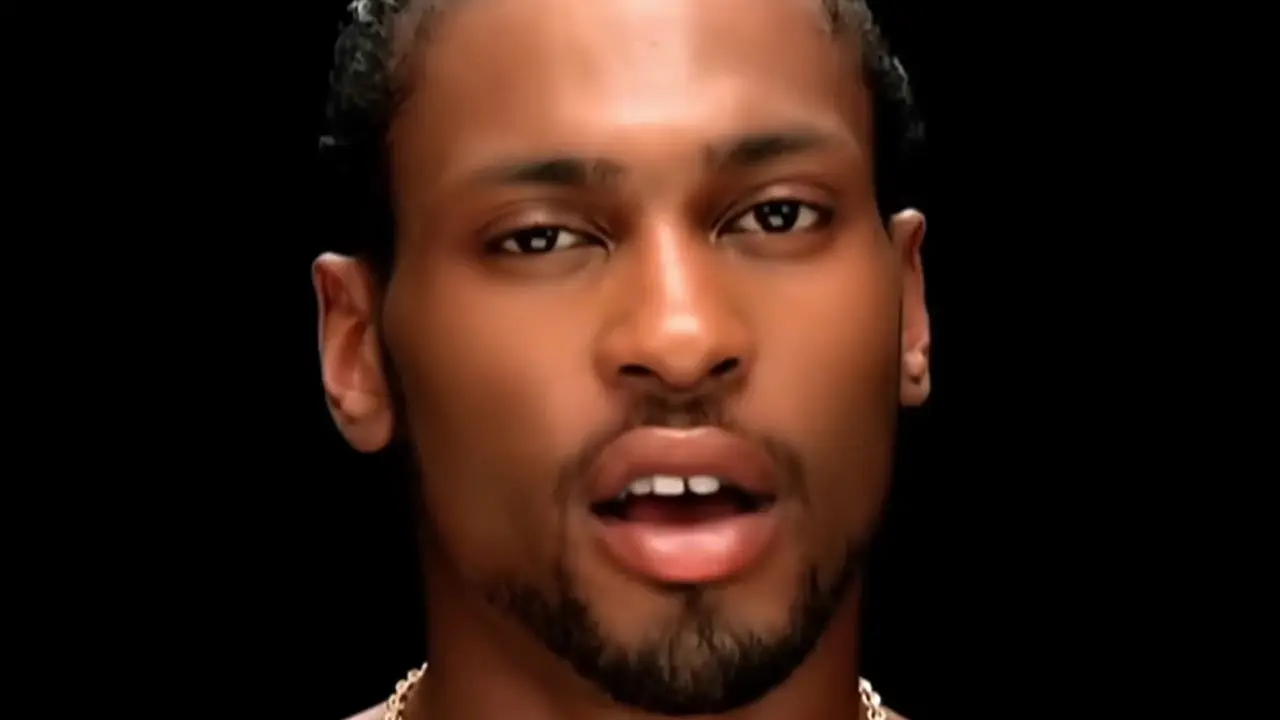
“Untitled (How Does It Feel)” (2000)
No song better captures the essence of D’Angelo than “Untitled (How Does It Feel).” Written as an homage to Prince, the seven-minute slow burn is a hypnotic display of vocal control, sensuality, and musicality. The track builds with patience: the bass and guitar circling around his falsetto before exploding into full catharsis. Raphael Saadiq plays bass, while D’Angelo handles nearly everything else, layering each instrument until the groove feels alive. The song became a cultural moment not only for its sound but for its minimalist music video, which stripped everything down to the artist and the music itself. “Untitled (How Does It Feel)” turned D’Angelo into a sex symbol, but beyond that, it distilled the emotional and physical core of soul music into one perfect performance.
